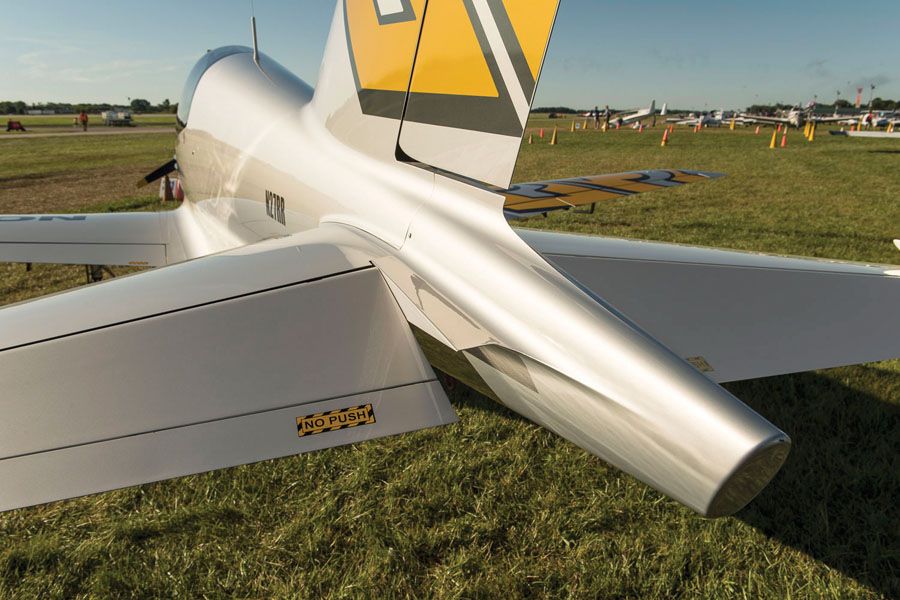While we wait for the official numbers to be released
I had a few questions about ballast on planes that need to do that.
Keep in mind I`m a guy with just ground school and a few hrs in the air so feel free to educate me
The Bearhawk 5 prototype has ballast weight at the back of the passenger cabin (this may change....just using this as an example)
Questions:
-does the empty weight of 1512 lbs include the ballast as shown in the video
-as it is I guess you have to carry the ballast with you if youre not using it...if you flew with 6 people one direction and back with just you the pilot....you would need forward(near the CG) ballast storage area to keep these weights stored.
-could you put weights further back in the tail ....further away from the CG to equal that so you could use less weight(transfer weights from the back to front as needed) or is the fuselage/tail not strong enough to have weight back there
-or a water ballast tank in the tail ...filled up or emptied as needed...hopefully not frozen
Thanks
Way_up_north
I had a few questions about ballast on planes that need to do that.
Keep in mind I`m a guy with just ground school and a few hrs in the air so feel free to educate me
The Bearhawk 5 prototype has ballast weight at the back of the passenger cabin (this may change....just using this as an example)
Questions:
-does the empty weight of 1512 lbs include the ballast as shown in the video
-as it is I guess you have to carry the ballast with you if youre not using it...if you flew with 6 people one direction and back with just you the pilot....you would need forward(near the CG) ballast storage area to keep these weights stored.
-could you put weights further back in the tail ....further away from the CG to equal that so you could use less weight(transfer weights from the back to front as needed) or is the fuselage/tail not strong enough to have weight back there
-or a water ballast tank in the tail ...filled up or emptied as needed...hopefully not frozen
Thanks
Way_up_north



Comment